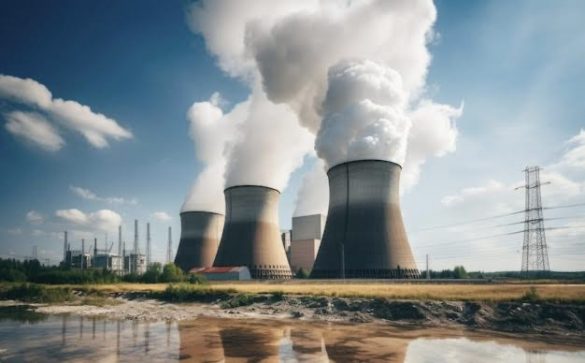KEY POINTS
- Eskom’s Johannesburg pilot will test green hydrogen production and storage, aiming to inform South Africa’s transition from coal dependency to renewable energy.
- Strategic partnerships with Exxaro and plans for a renewable energy subsidiary underscore Eskom’s push to align with national decarbonization goals.
- Challenges include high infrastructure costs, policy gaps, and reliance on coal, despite green hydrogen’s potential to generate billions in revenue and jobs.
Eskom has taken a decisive step toward its 2050 net-zero carbon emissions target by inviting tenders for a pilot renewable green hydrogen facility (RHF) at its Johannesburg Research, Testing and Development (RT&D) unit.
The project, announced on May 21, 2025, aims to explore green hydrogen’s viability as a clean energy storage solution while addressing South Africa’s urgent need to decarbonize its coal-dependent grid.
“This pilot is about harnessing clean energy for inclusive economic growth,” said Eskom CEO Dan Marokane. “We’re aggressively pursuing technology-led solutions to shift from a high-carbon to a low-carbon future.” The facility will integrate with RT&D’s existing 400kW solar PV plant and battery test systems, allowing researchers to study hydrogen production, storage, and application across industries like transport and heavy manufacturing.
Partnerships and policy: Eskom’s bid to lead Africa’s Green hydrogen race
The pilot follows Eskom’s April 2025 memorandum of understanding (MoU) with mining giant Exxaro, which focuses on collaborative decarbonization projects. “Green hydrogen isn’t just an energy solution—it’s a jobs creator and economic catalyst,” said Exxaro sustainability head Lindiwe Mabaso. Analysts estimate South Africa’s green hydrogen sector could generate $10 billion annually by 2030, leveraging the country’s abundant solar and wind resources.
According to My Broadband, Eskom’s push aligns with national strategies like the 2021 Hydrogen Society Roadmap but faces hurdles. Only 12% of South Africa’s energy mix currently comes from renewables, and aging coal plants still supply 80% of electricity. “Infrastructure costs and policy delays are critical challenges,” warned energy analyst Thabo Mbeki. “Without tax incentives or foreign investment, even promising pilots risk stalling.”
The utility is also accelerating plans to establish a standalone renewable energy business, recently tendering for consultants to guide its rollout. This dual strategy—green hydrogen research and renewable expansion—aims to future-proof Eskom amid rising global demand for clean energy.



